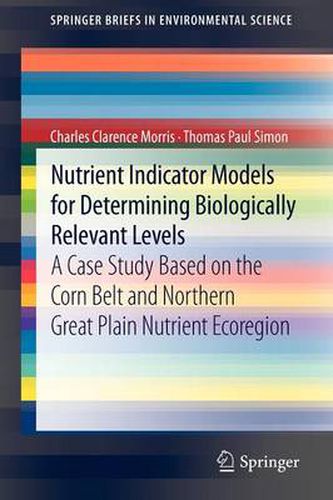This title is printed to order. This book may have been self-published. If so, we cannot guarantee the quality of the content. In the main most books will have gone through the editing process however some may not. We therefore suggest that you be aware of this before ordering this book. If in doubt check either the author or publisher’s details as we are unable to accept any returns unless they are faulty. Please contact us if you have any questions.
Nutrient Indicator Models for Determining Biologically Relevant Levels: A case study based on the Corn Belt and Northern Great Plain Nutrient Ecoregion is the first book to provide answers to the management of nutrients based on changes in biological communities. The text describes a case study that is the result of a large scale project in the Corn Belt and Great Plains Nutrient Ecoregion. This study is the first to identify relationships between fish assemblages and nutrient concentrations by Nitrogen species. Species optima based on sensitivity and tolerance to nutrients is modeled. Nutrient Biotic indices calibrated for application are based on the results of years of biological indicator development. Test response intervals and Shift response intervals are formulated and validated against relevant biological assemblage shifts. This case study is the first to suggest recommended values for the nitrogen and phosphorus cycle with identifiable shifts caused in biological assemblages. This will provide watershed and environmental managers with the information needed to manage the inputs into the world’s dead zones.





